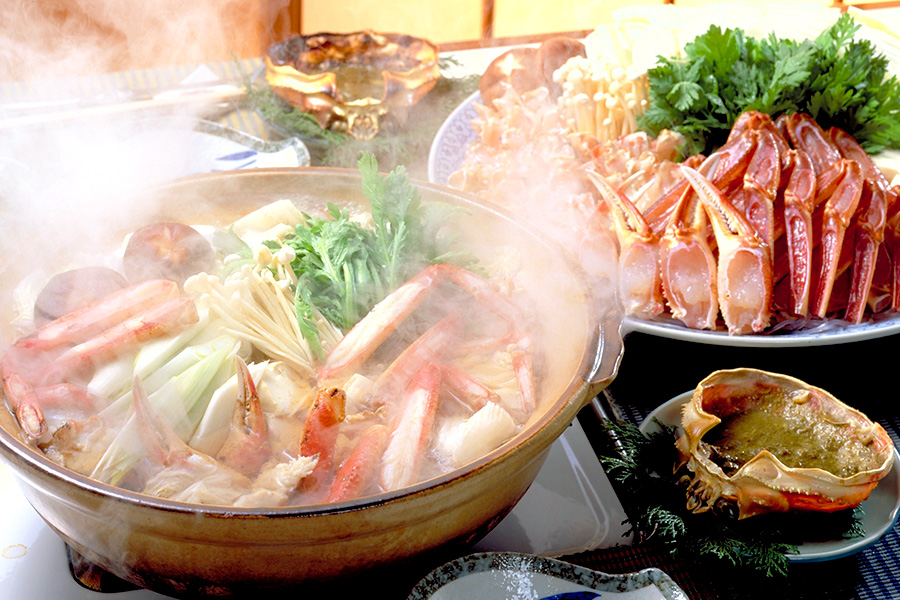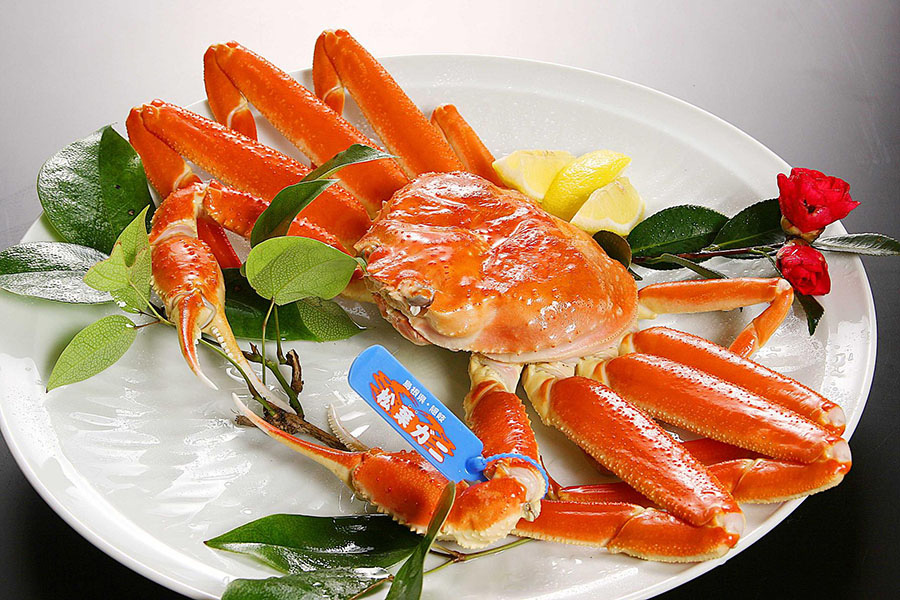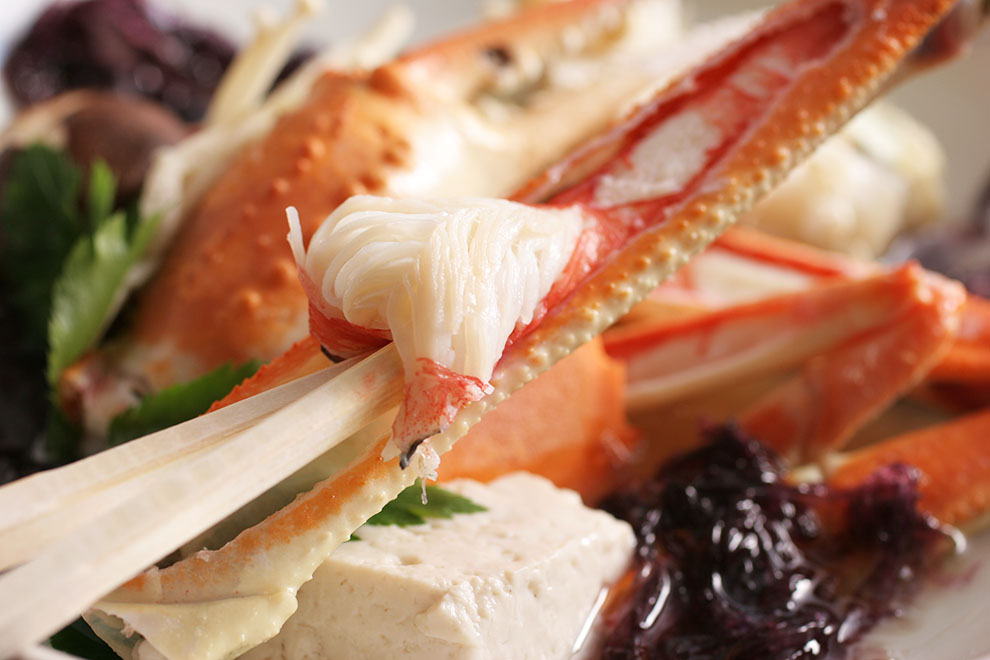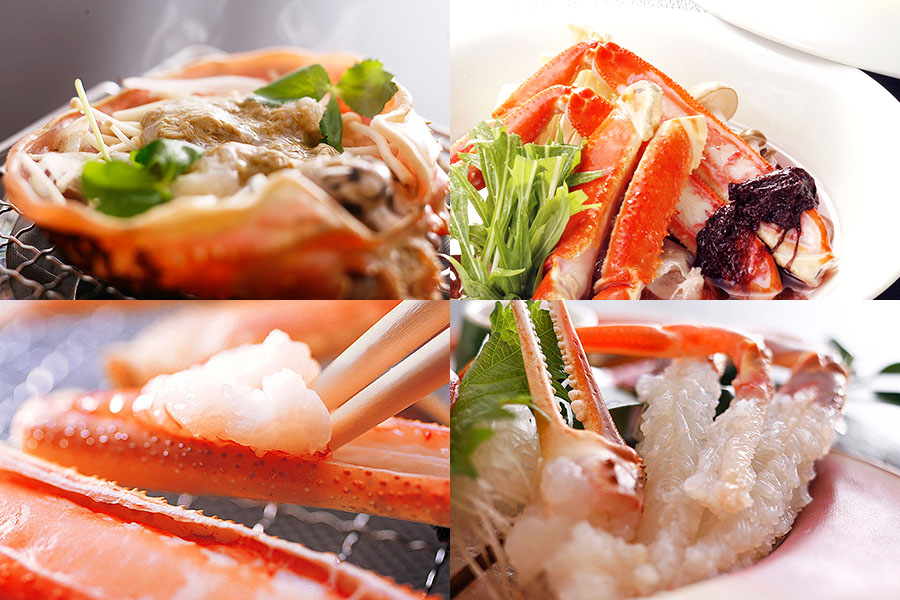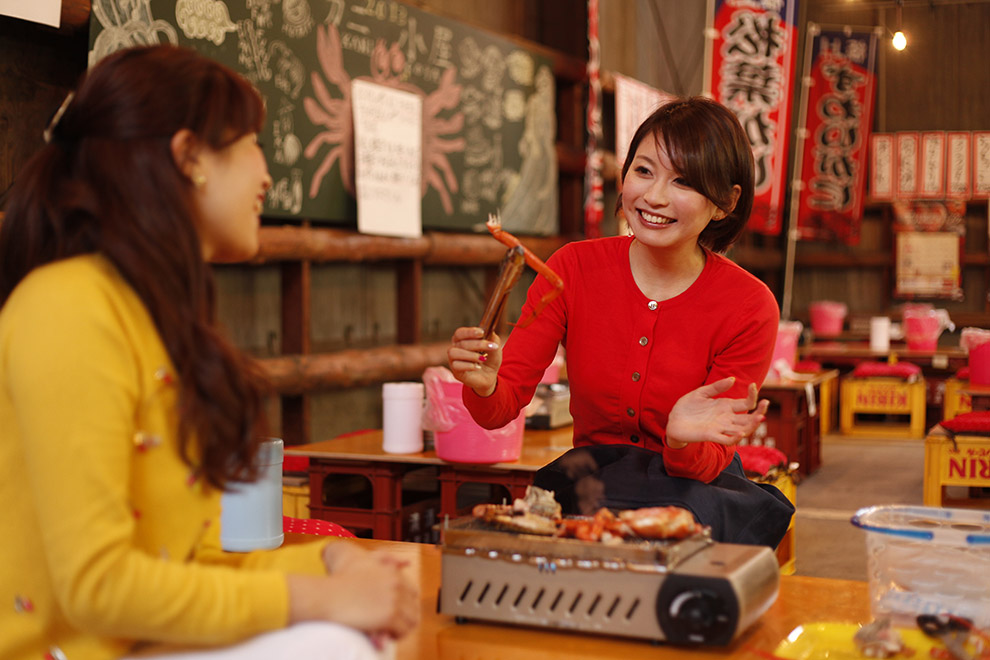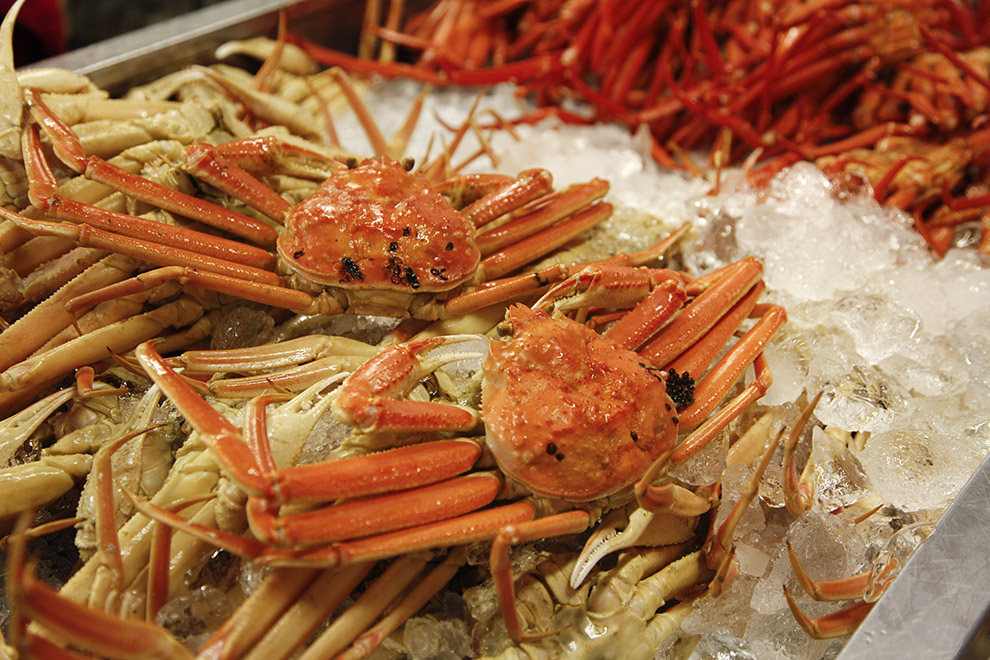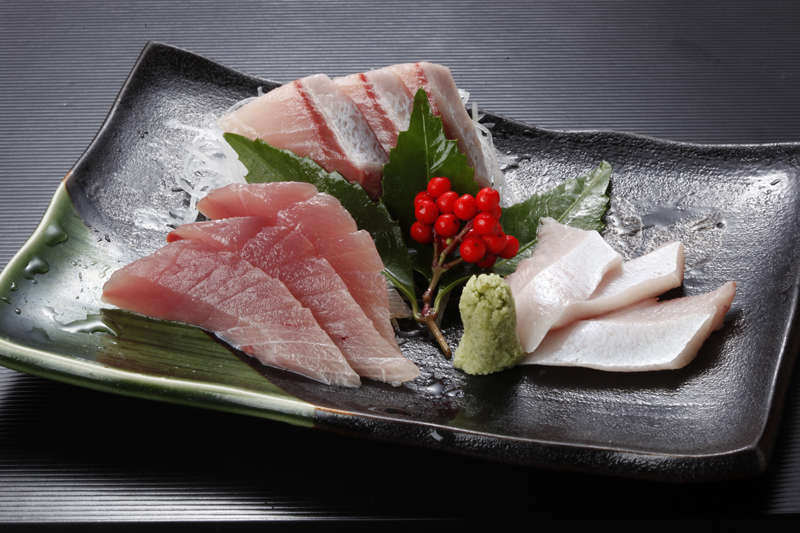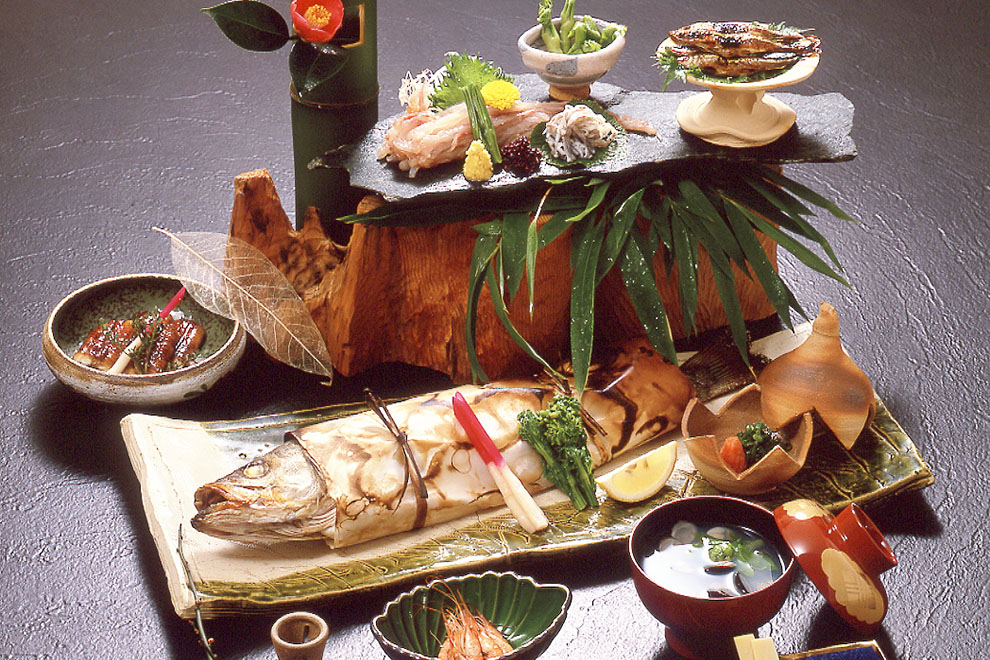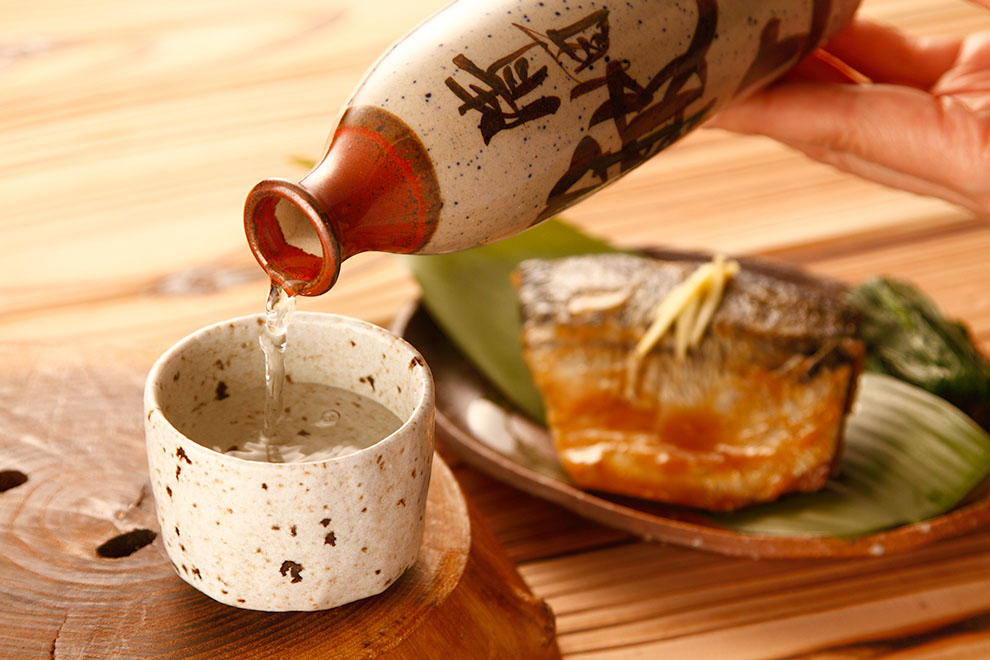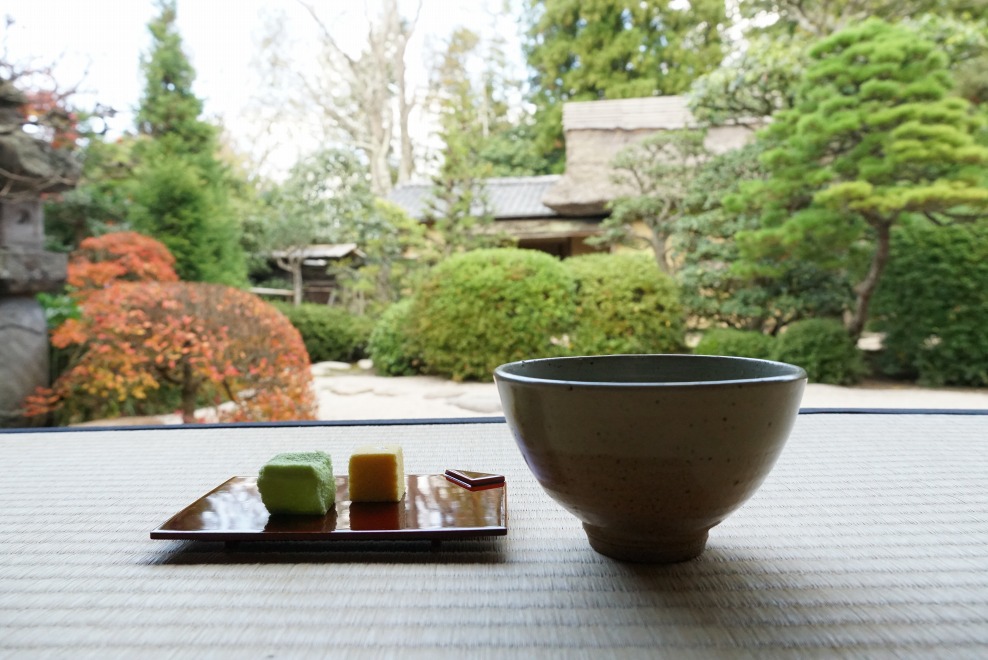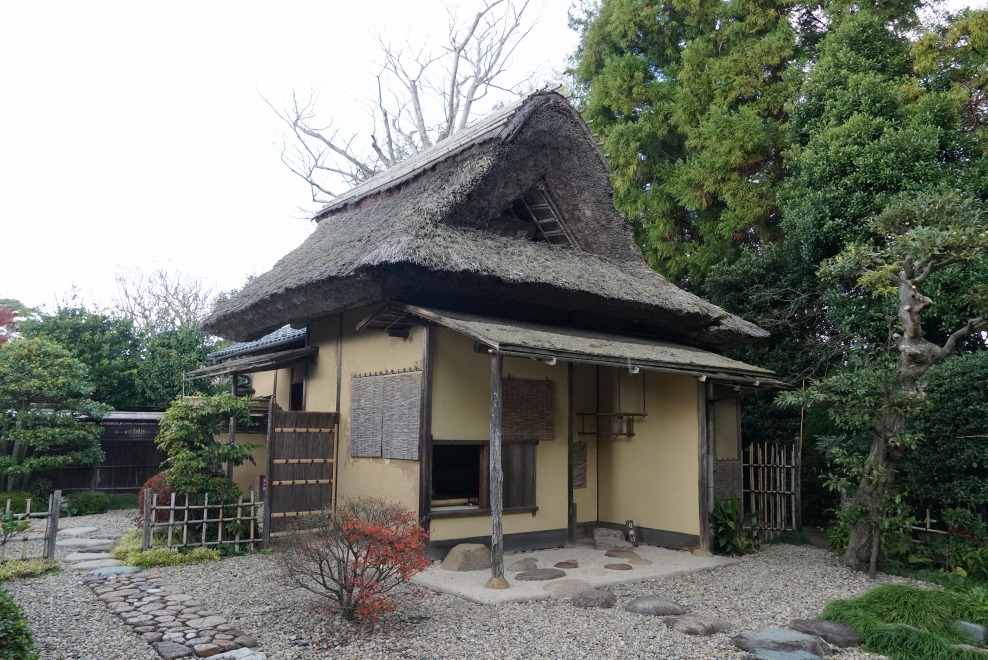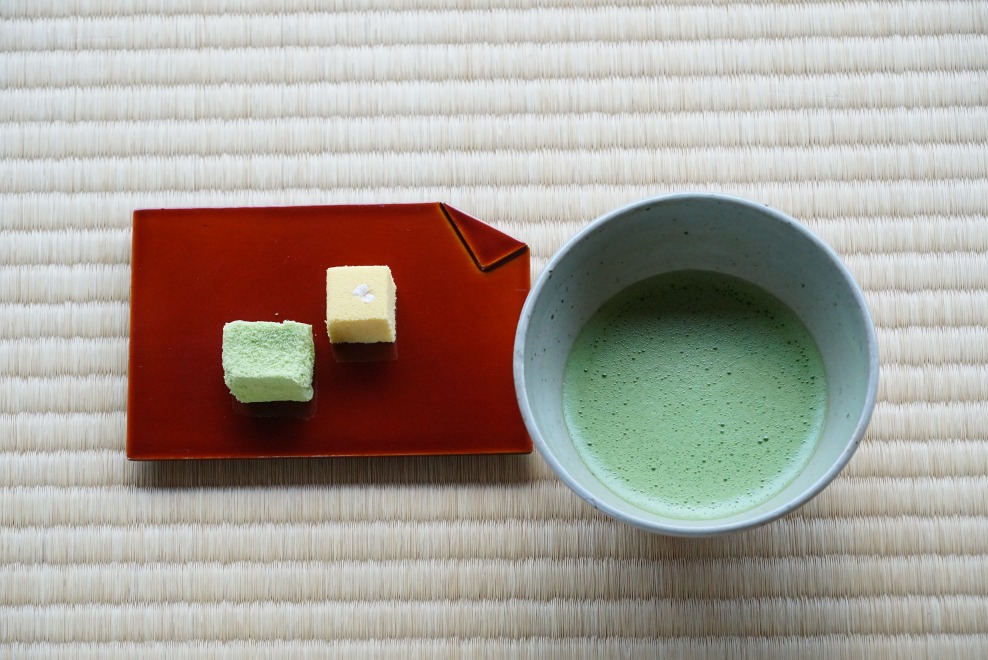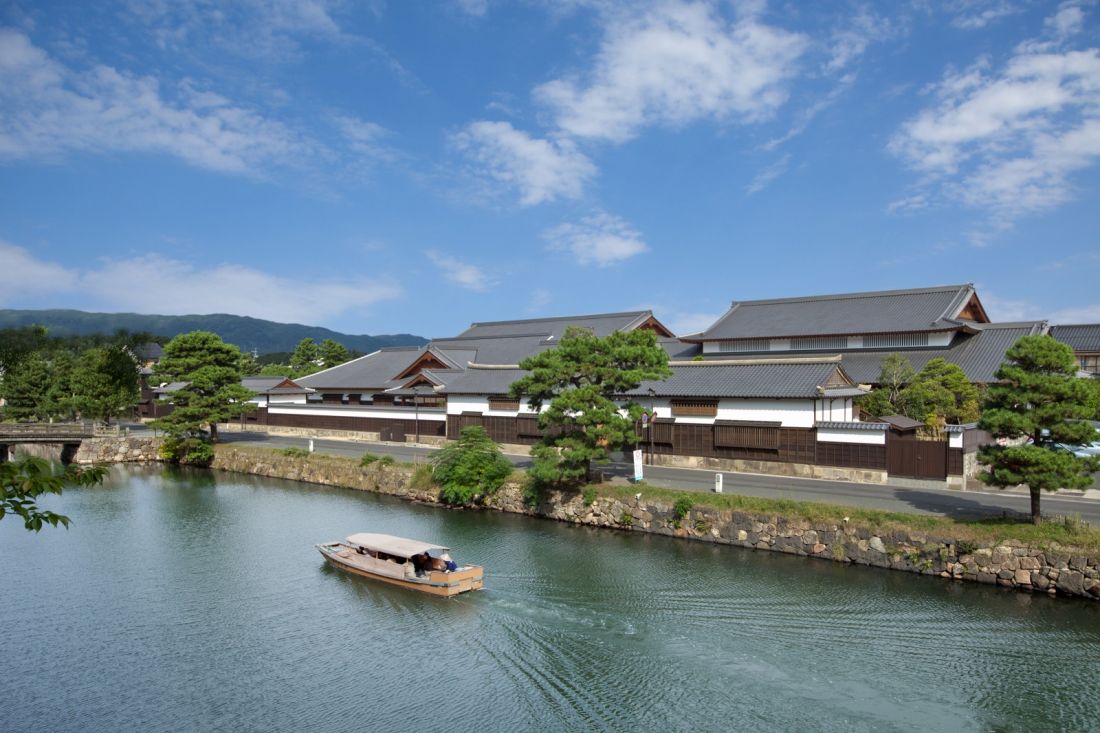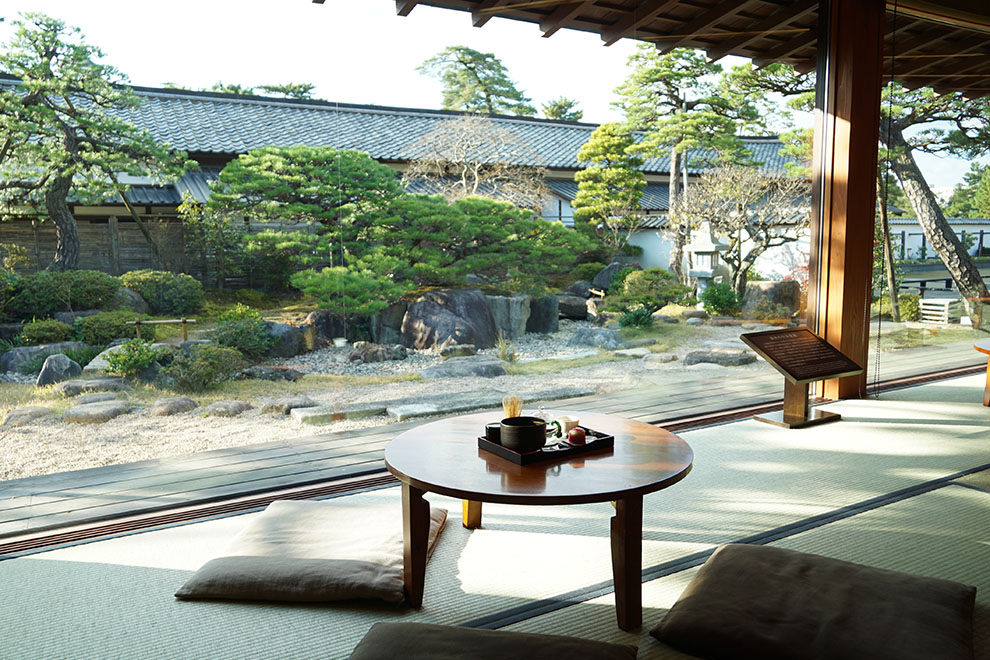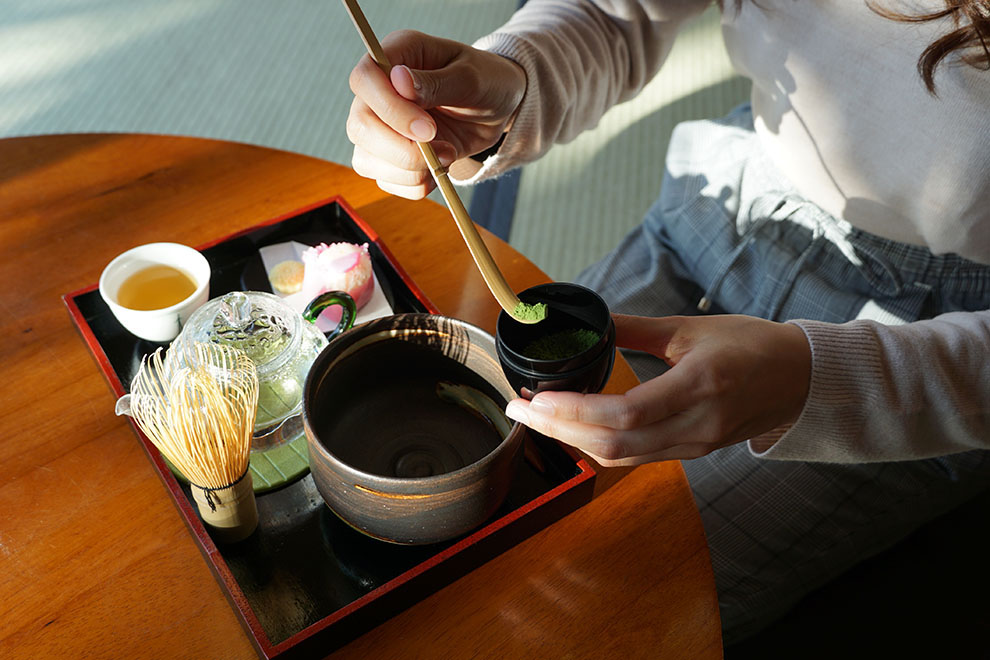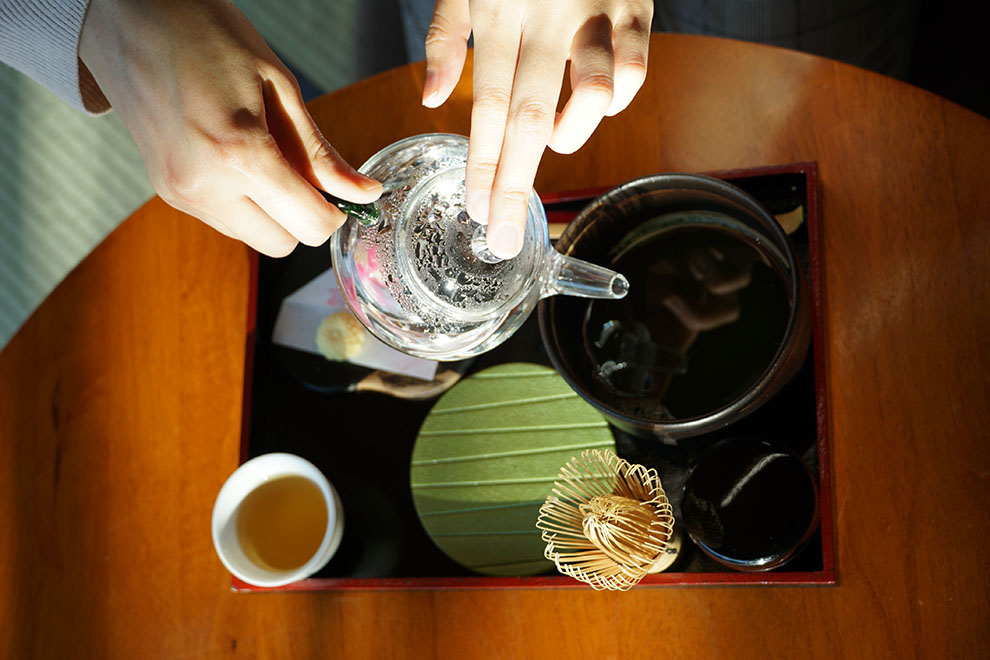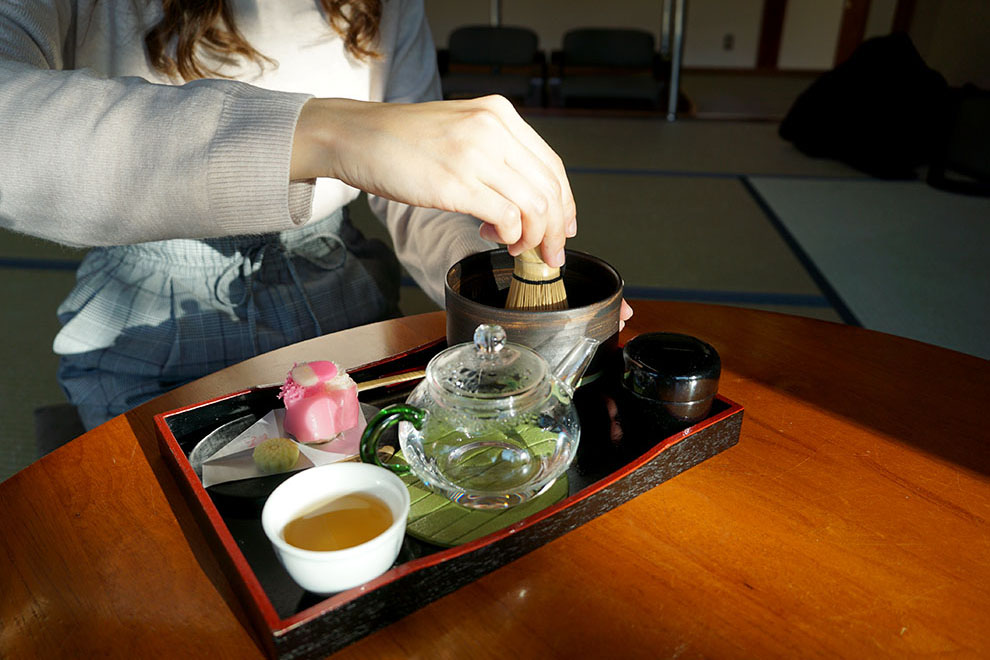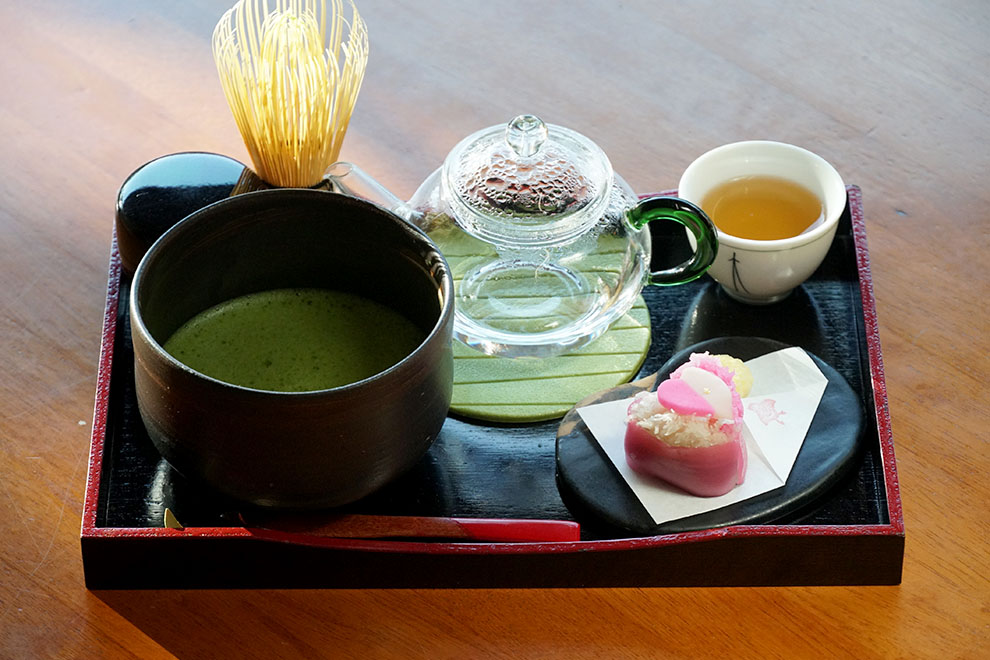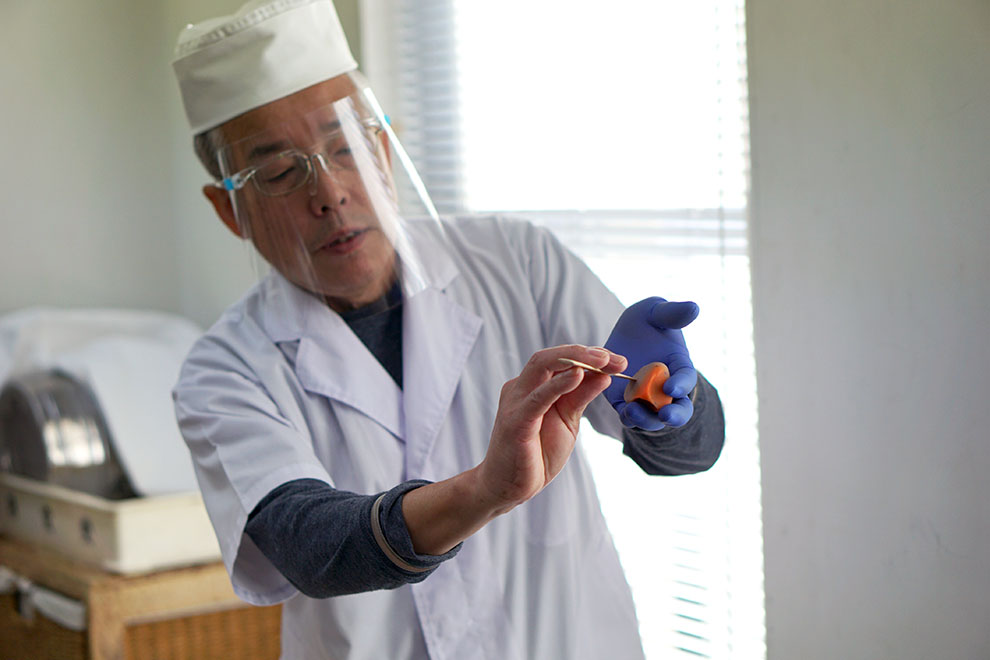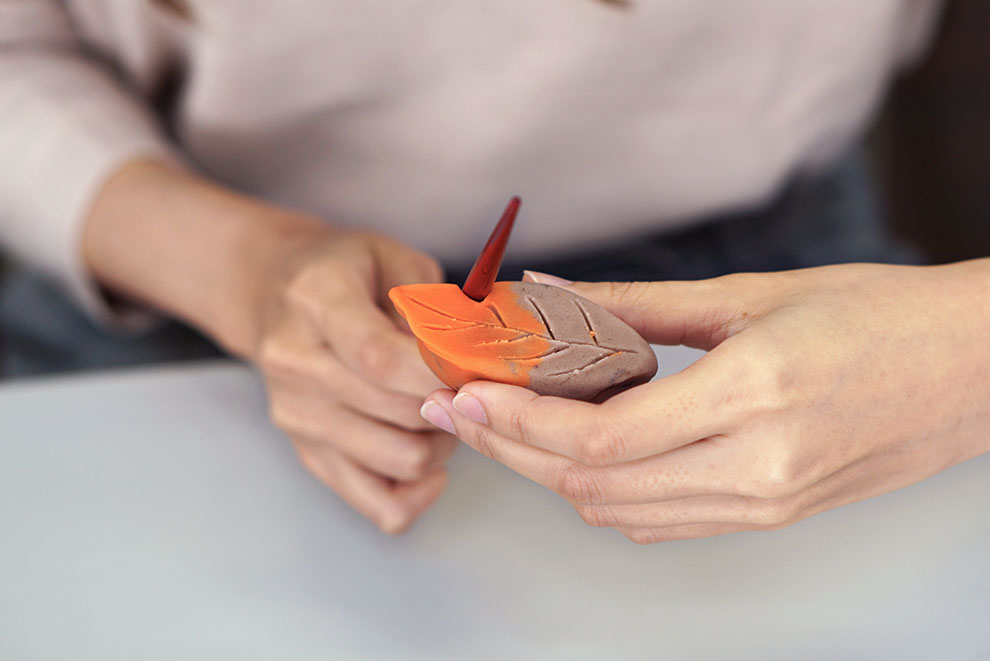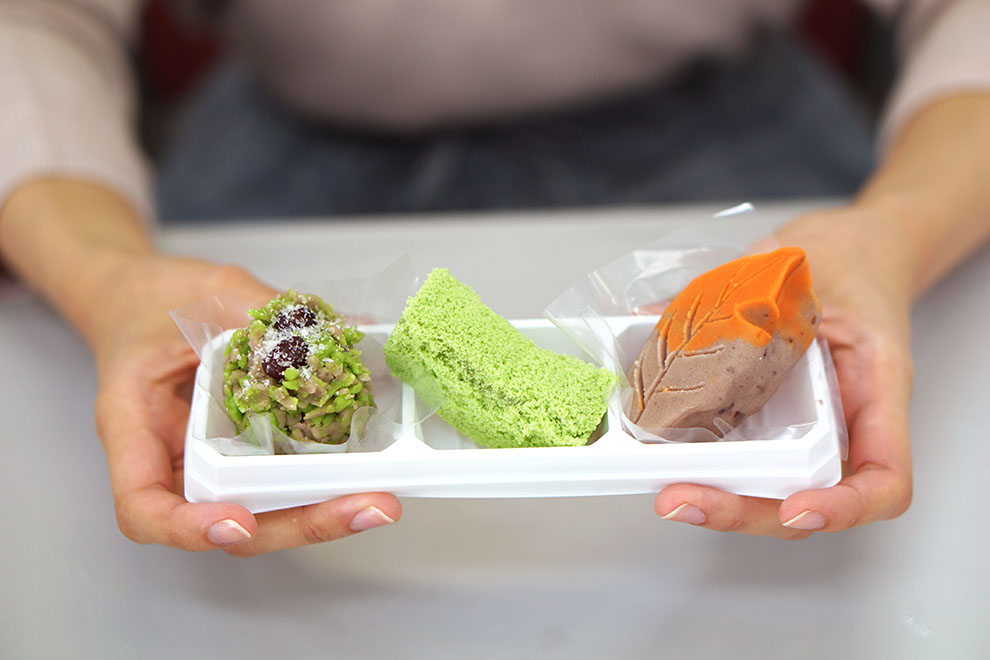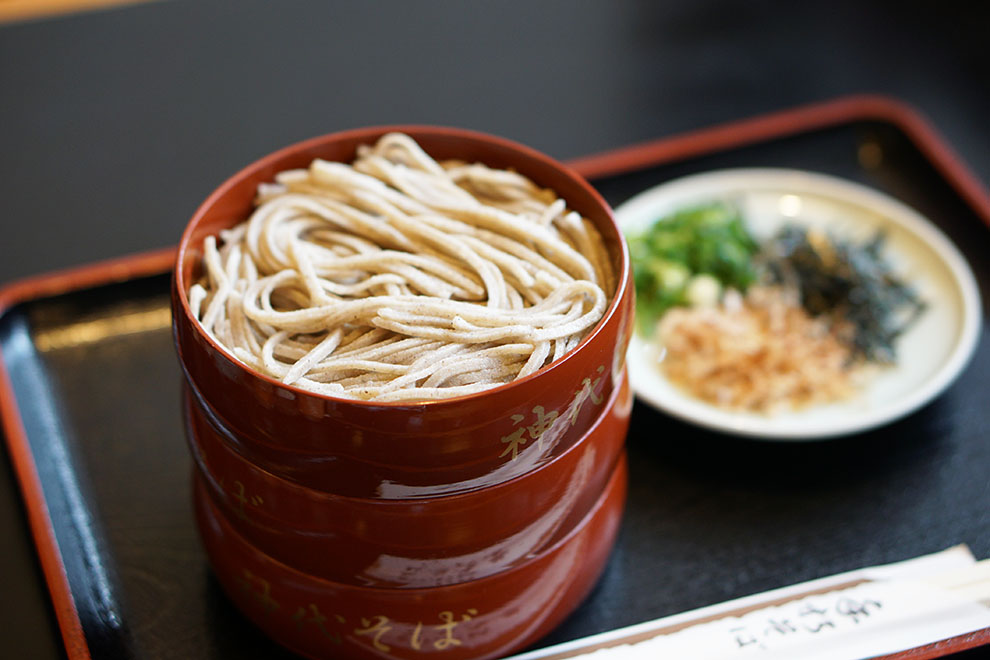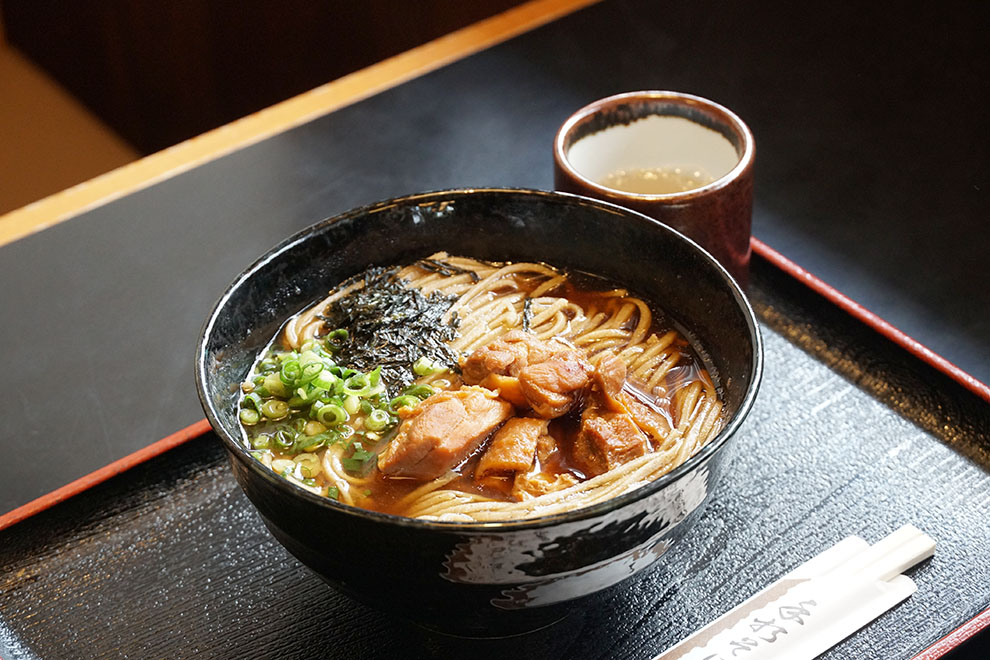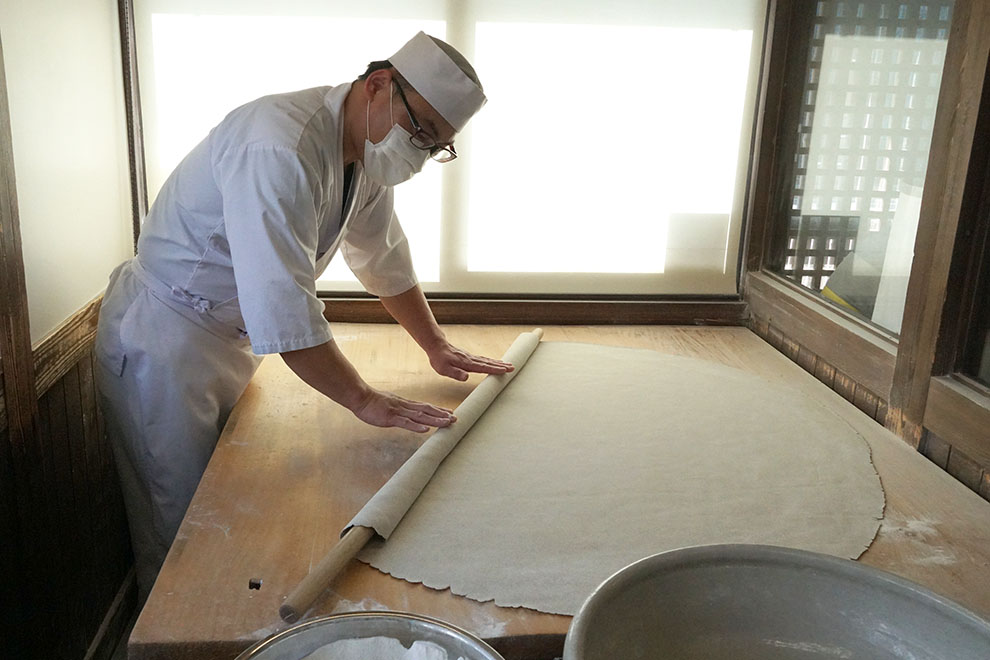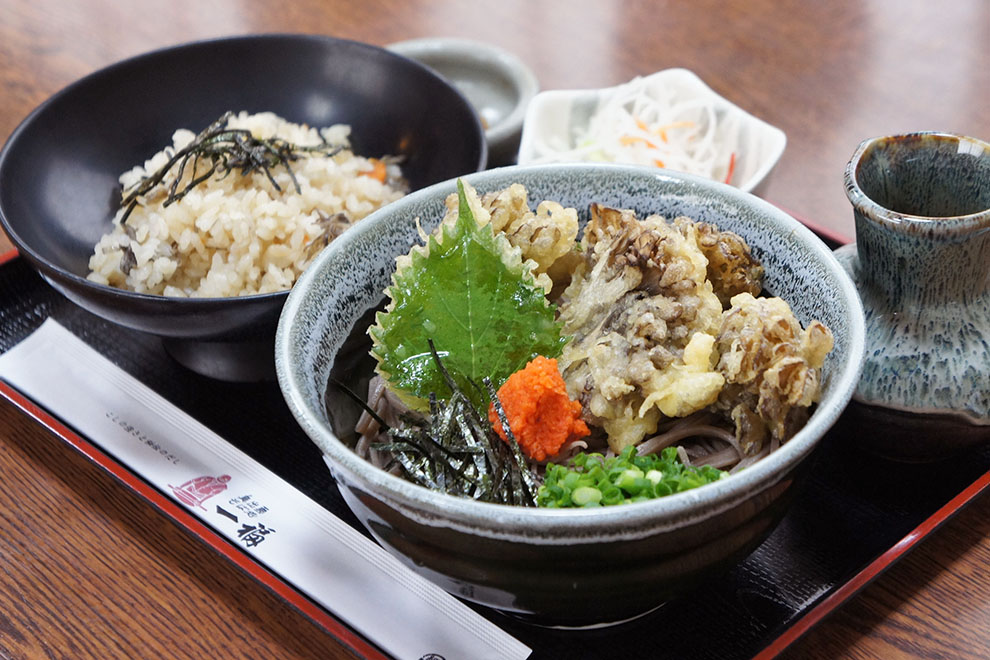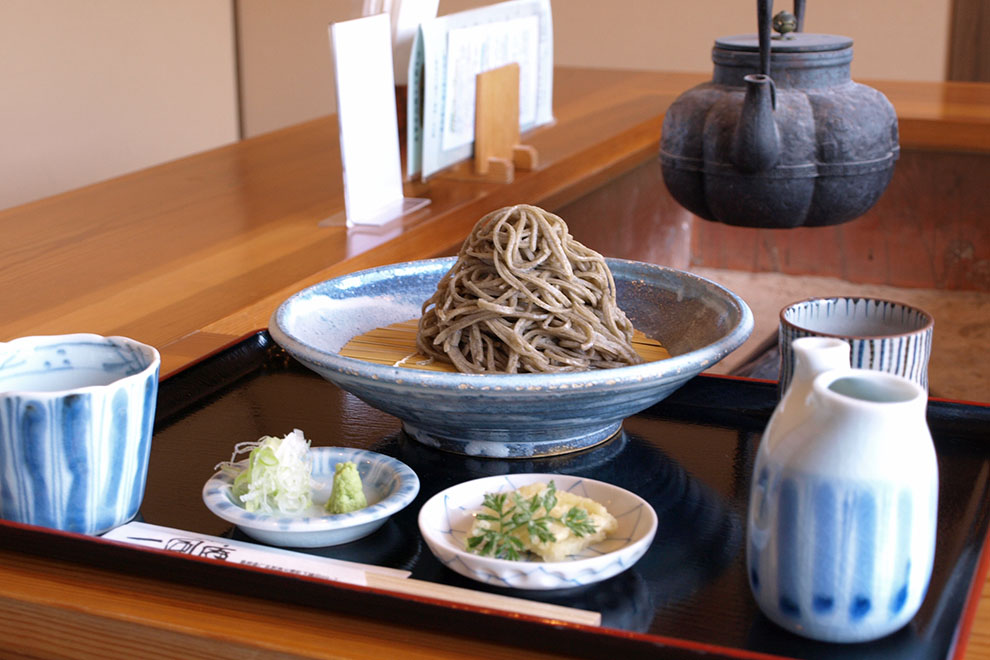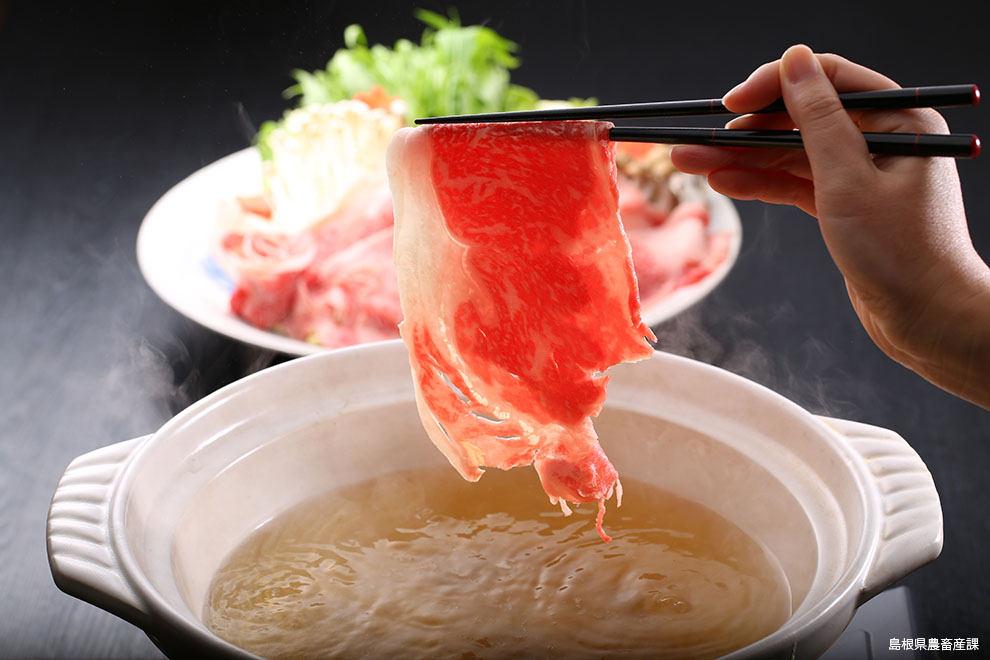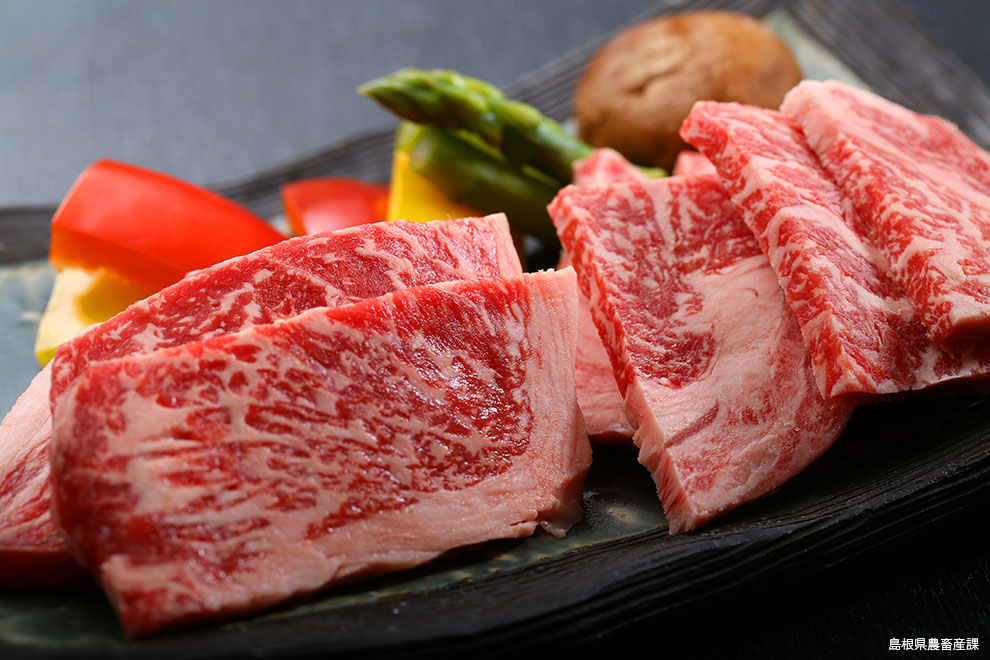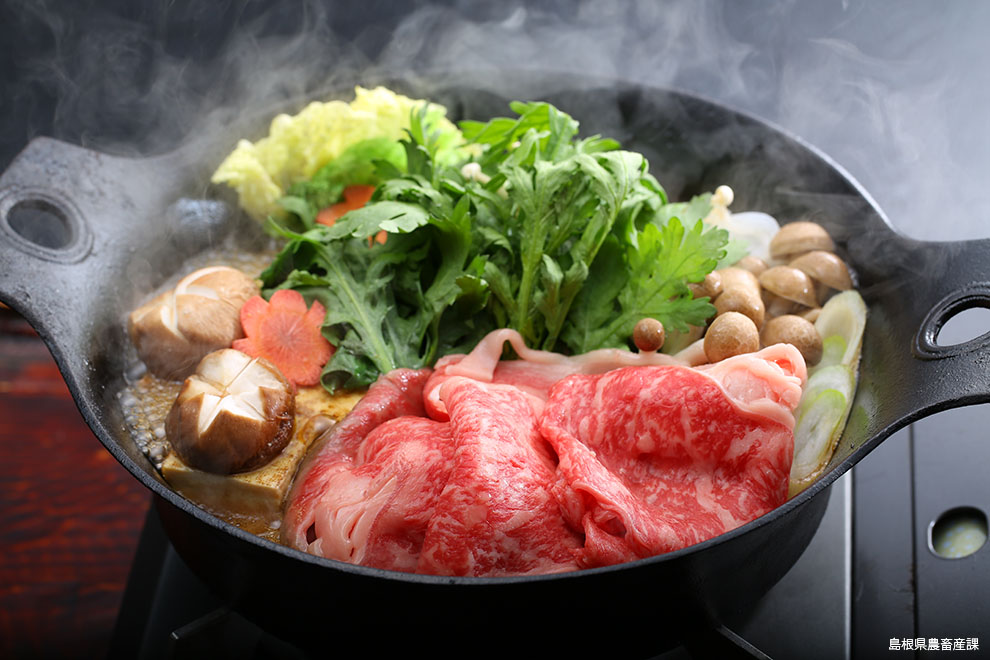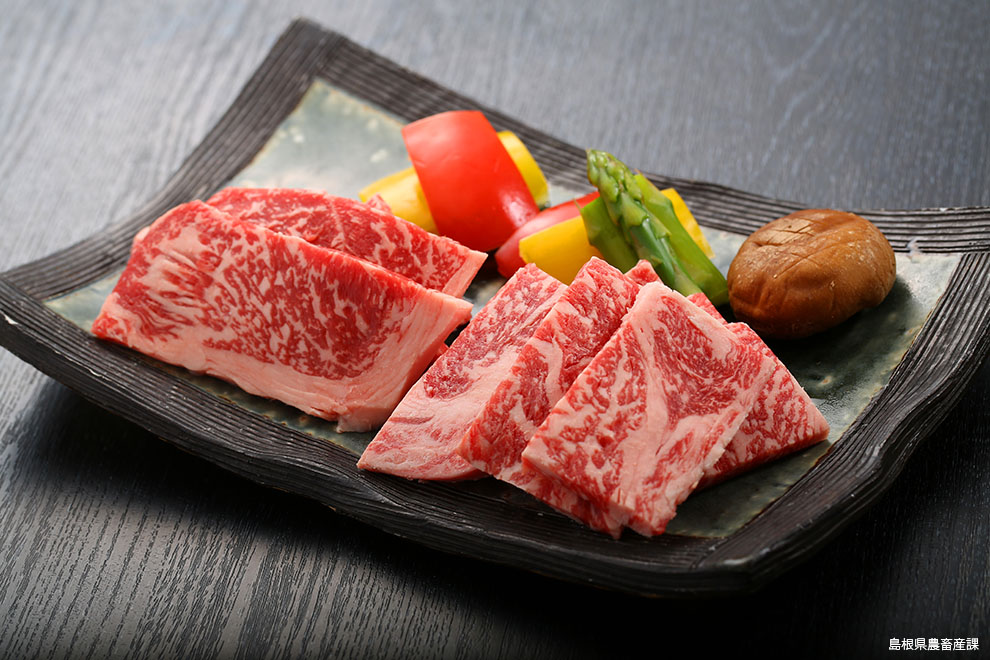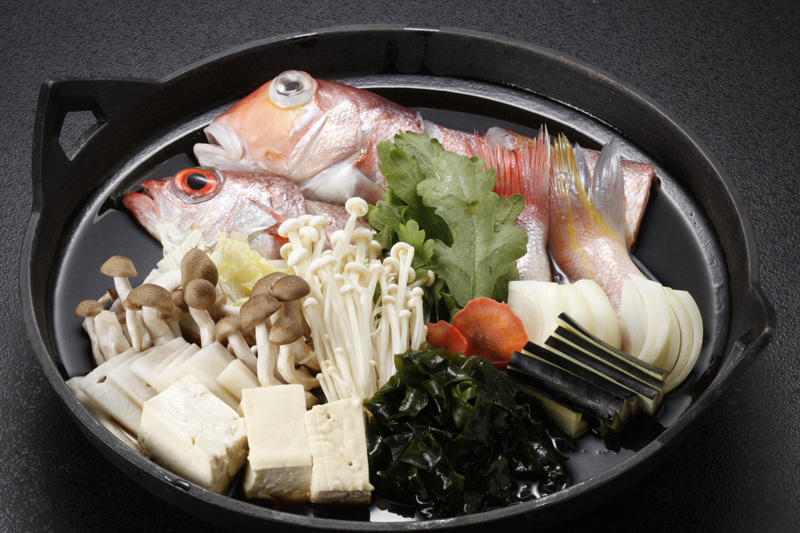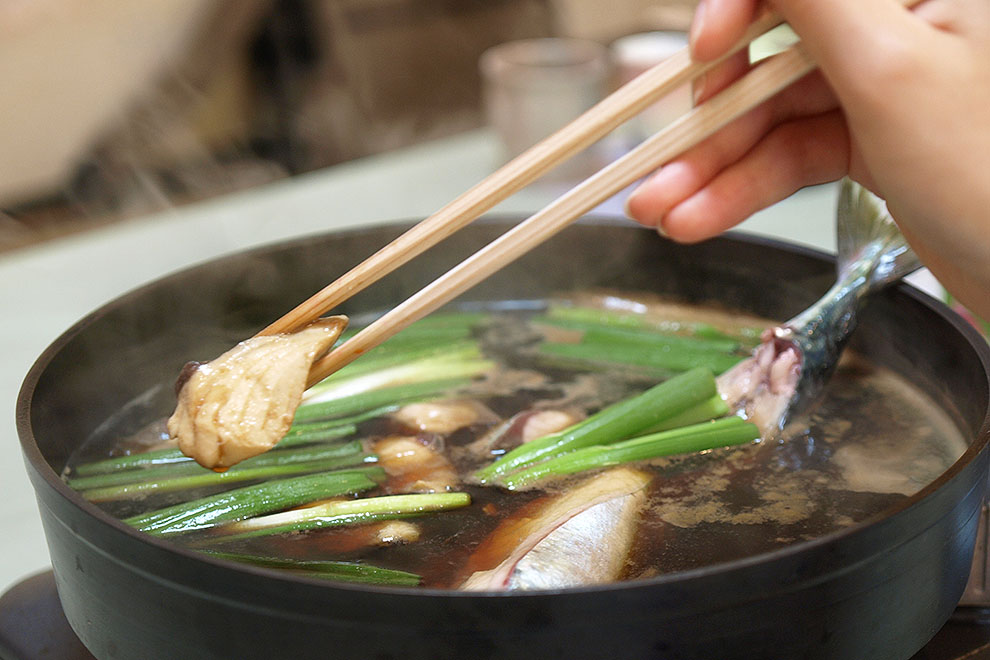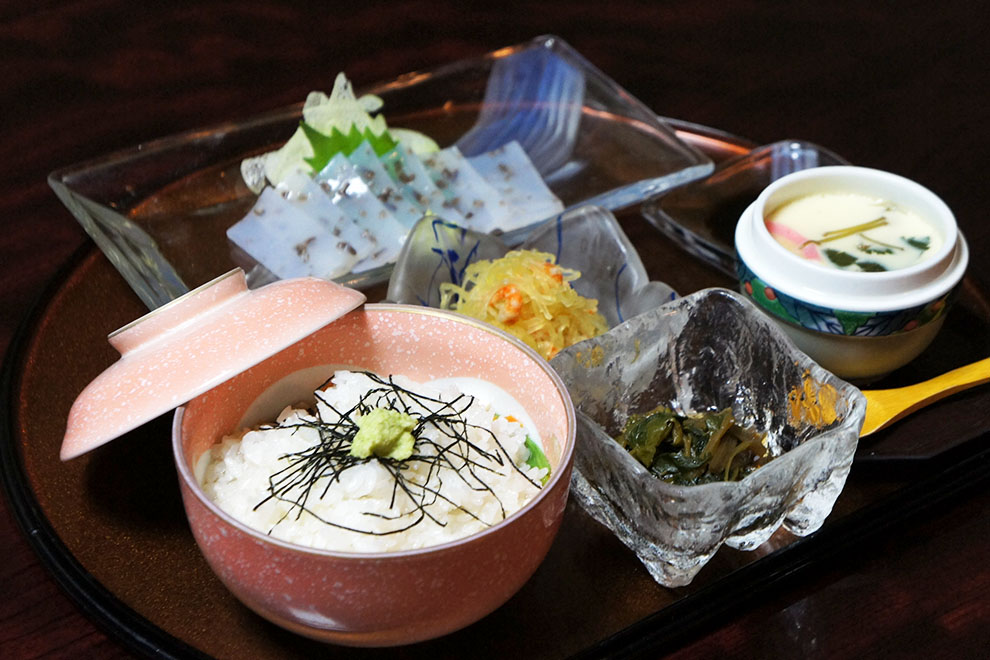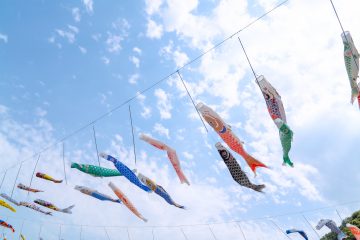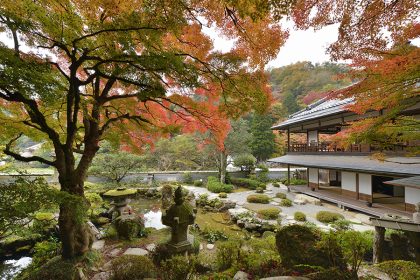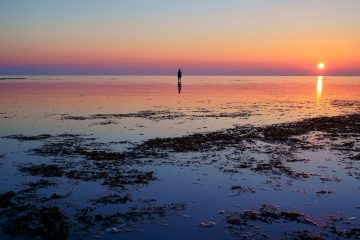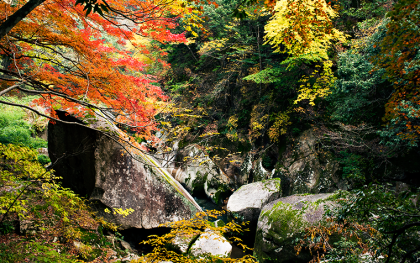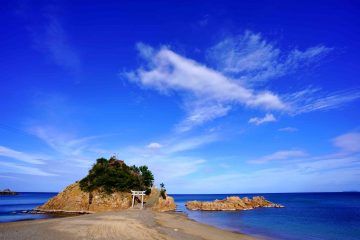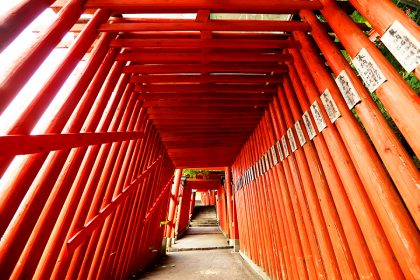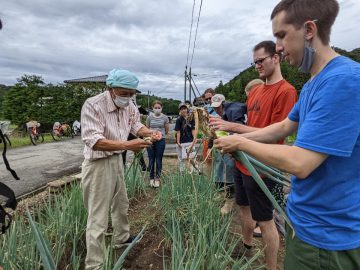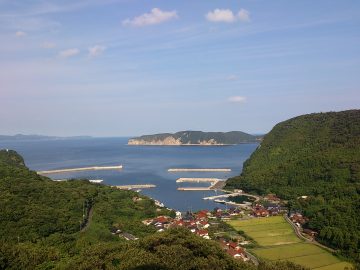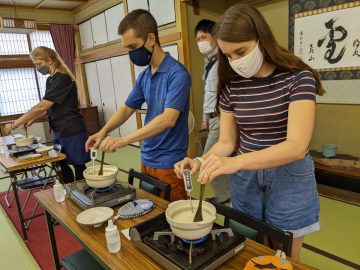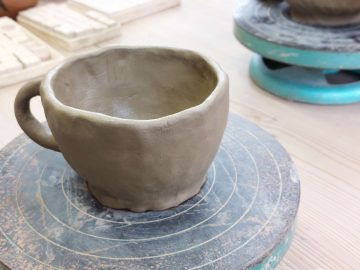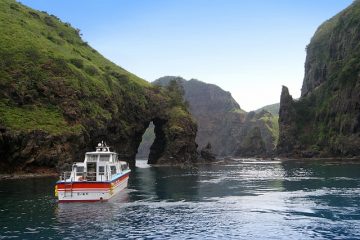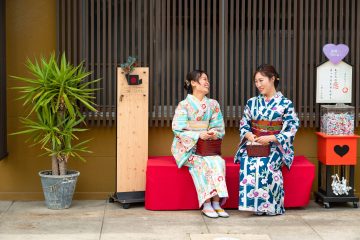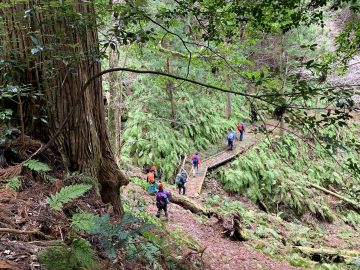Feast on Hearty, Mouthwatering Japanese Delicacies in Shimane
The key to the deliciousness of Japanese food, which has UNESCO Intangible Cultural Heritage status, is the freshness and quality of the ingredients and the cooking methods that bring out the ingredients’ flavor. Shimane Prefecture has a rich natural environment perfect for cultivating high-quality ingredients, including its brackish lakes and the Sea of Japan, where warm and cold currents collide to create good fishing grounds. Here, you can look forward to an abundant selection of seasonal foods such as snow crab, marbled beef with luscious flavor and texture, exquisite green tea paired with Japanese-style sweets, and much more. Travel to Shimane to enjoy delectable flavor from fresh ingredients unlike anything you’ll taste in Japan’s big cities.
Savor snow crab, “the king of winter cuisine,” and other fresh seafood in Shimane
For a lively experience, stop at the crab hut. You’ll sit among jovial locals as you cook crab, shrimp, and other seafood yourself over a grill. The aroma of the cooking food will whet your appetite, and you’ll soak in the atmosphere as the locals kick back and relax. Snow crab can be enjoyed from November to February, and Shimane also has other seafood specialties available year-round including yellowtail, blackthroat seaperch known locally as nodoguro, Iwagaki rock oysters, and freshwater shijimi clams from Lake Shinji. Wash down your seafood feast with some local Shimane sake!
Enjoy an exquisite pairing of green tea and Japanese-style sweets
Meimei-an Tea House is a spot where you can enjoy matcha green tea and Japanese sweets while gazing at a garden designed for Matsudaira Fumai. At Tea Shop Kiharu, you can observe the skills of the master wagashi chef up-close and enjoy a tea ceremony set of green tea paired with sweets. At Karakoro Art Studio, you can try making your own wagashi.
Try some of the best soba (buckwheat noodles) in Japan
The two most common ways to eat Izumo Soba are known as Warigo Soba and Kamaage Soba. Warigo Soba noodles are served plain in three stacked beautiful lacquerware bowls with the broth on the side. Condiments such as nori seaweed and green onions are also included separately for you to add to your liking. When you finish one bowl, you can add the broth to the next bowl and enjoy the deepening flavor bite by bite. Kamaage Soba noodles are served in the hot water they were cooked in with plenty of condiments. You can add as much tsuyu broth as you like while you eat.
Indulge yourself with award-winning, top quality Shimane Wagyu beef
Shimane Wagyu is served in many different ways, including as steak, roast beef, shabu-shabu, sukiyaki, and beef sushi.





















